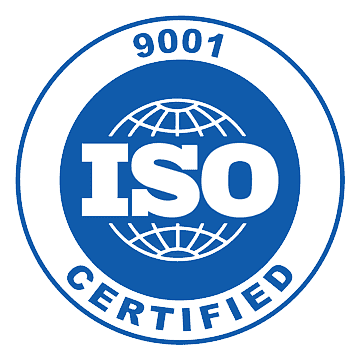Corintech were recently asked to write a case study on supplying the aerospace industry – the challenges and how our expertise are used to overcome these – for Design, Products and Applications magazine. Read the full copy below, or follow the link at the bottom of the page to find out more about DPA.
There are many factors to consider when undertaking the design and manufacture of electronic systems for an aerospace application. The harsh end-use environments, stringent safety standards, high-quality levels, and tightly controlled component traceability required can render more conventional approaches insufficient.
Recently, Corintech Ltd. completed an emergency lighting system for a mainstream aircraft. As the purpose of the device was to warn the pilot of any issues present within the aircraft, reliability was of the highest priority. The team at Corintech worked closely with the client to design and manufacture an LED array using Thick Film Hybrid technology, a long-term area of expertise for the company.
Thick Film Hybrid circuits are produced using an additive manufacturing process as opposed to the subtractive process normally implemented to produce FR4 PCBs, whereby a complete layer of copper is chemically etched to reveal the finished circuit. Thick Film Hybrids typically use a ceramic substrate onto which precious and semi-precious metal pastes are printed and then fired at high temperatures to cure. The use of different pastes allows the production of conductive tracks as well as resistors, which can be custom specified and then laser-trimmed to a high level of accuracy, offering exact choice of value so that no compromise in design is necessary.
Ceramic substrates provide a number of key advantages over standard FR4 based PCBs. One of the primary advantages is their thermal conductivity. Corintech uses Aluminium Oxide (Alumina), which offers an increase in thermal conductivity of approximately 30 times that of FR4, and Aluminium Nitride, which offers an increase of approximately 200 times. This often negates the need for additional heat-sink design and cooling components, as the ceramic substrate dissipates heat evenly across its entire surface.

